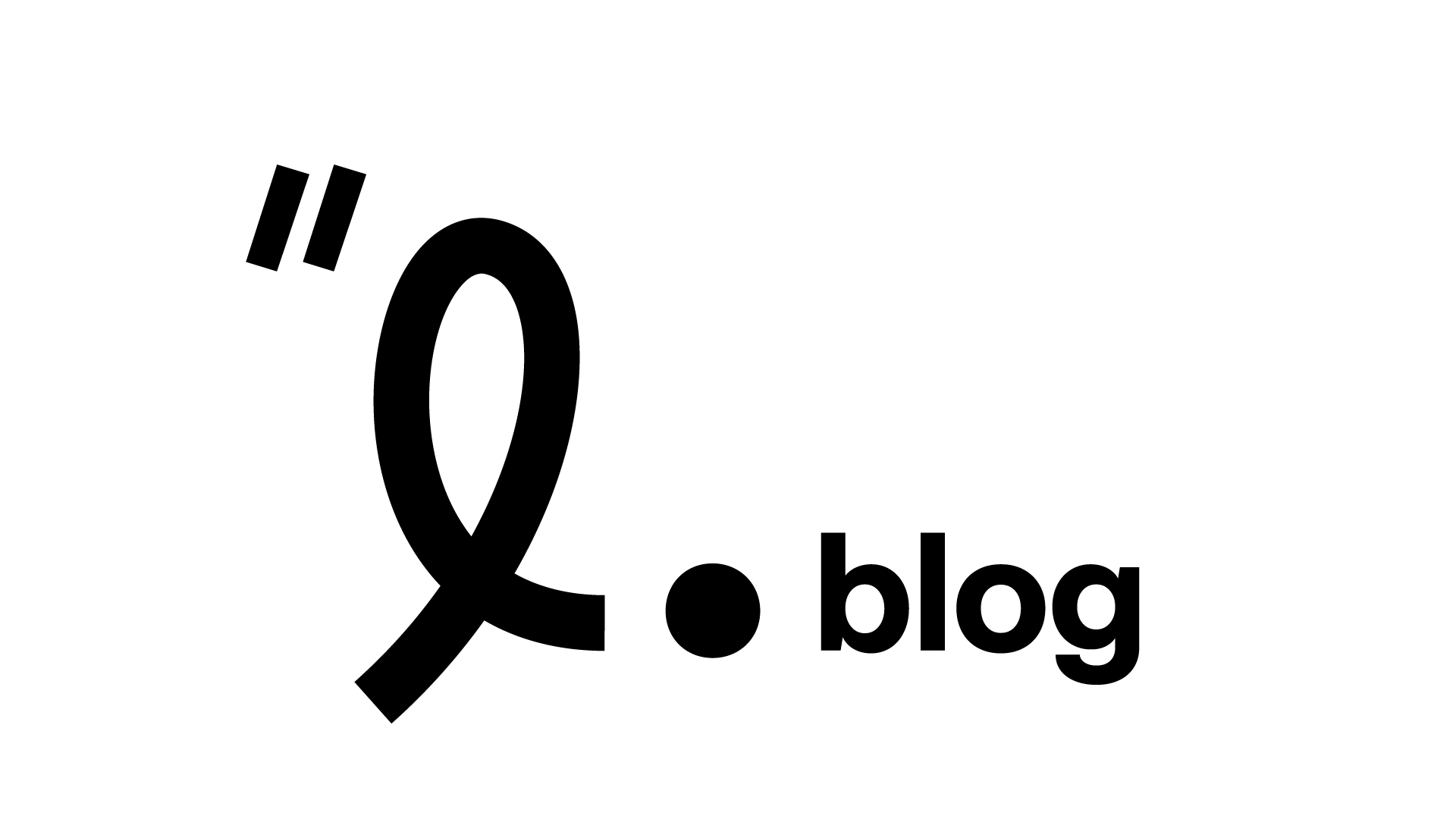Are you expanding your business to international markets? Or do you need to publish your content to your multilingual clientele? With a high-quality translation, you ensure that your message reaches its target group.
Is ordering translations new for you? In this blog post, we have prepared a checklist for ordering a successful translation.
1. Schedule
The time required for translations should be taken into account already when planning the publication schedule. The requested schedule should be indicated when ordering the translation, to ensure on-time delivery of the translation. High-quality translations can be produced even in a tight schedule but unforeseeable hurry usually affects the price and level of service offered.
By anticipating your future translation needs and communicating them to your service provider, you ensure getting high-quality translations even on short notice.
2. Target languages
Define the languages into which the translation should be made and whether the content to be translated differs between the languages. In addition, specify the language variant (for instance, American English or British English, Finnish Swedish or standard Swedish) into which the translation should be made.
3. Text to be translated
The text to be translated should be as polished as possible. Should you want to edit the text afterwards, the corresponding changes must be implemented in the translation as well. This, again, is reflected in the schedule and price of the translation.
4. File format
Translations are created with translation tools that are capable of handling the most common file formats. If possible, deliver the text in the original file format. For instance, a pdf file is always saved from another file format. Translating a pdf file is no problem but it has to be converted to another format, so that the text it contains can be edited. This means additional work and an extra charge.
5. Background information
In addition to the text to be translated, the translator needs information about the target audience, publication context, objective and style of the text. This ensures that the customer and the translator have as similar a conception as possible on how the completed translation should be.
For instance, choosing which glossary to use is less ambiguous when the translator knows whether the text is targeted at a publication for experts or at an advertisement for consumers. It is also important that the translator knows early on where the text will be published globally, to be able to take into account local cultural features and conventions, if necessary. Reference material, such as parallel texts or term lists, will help the translator to use the standard style of your organisation familiar to your customers.
Translation is co-operation between the customer and the translator. This checklist will help you to gather all necessary information for a smooth translation process.
See our translation services and submit a request for quotation, whether you need a one-off translation or a service package tailored to your unique needs.
Categories:

